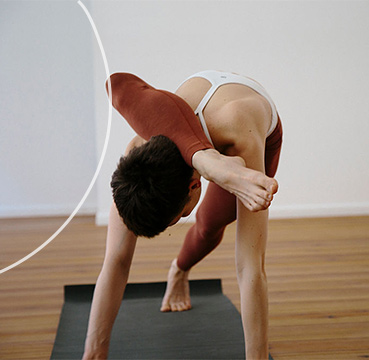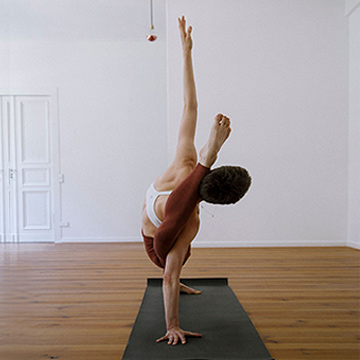About Mysore Style
Introduction to the Mysore Style method
In the Mysore Style setting, student and teacher are blessed with a class situation where appropriate guidance and real connection can unfold. For the teacher, Mysore style means having the responsibility and freedom to look at a student closely, to sense his or her needs and to develop a personalized, adequate practice for each individual.
For the student, Mysore style means being offered the chance of connection and transformation through the means of yoga.
In more tangible terms:

In class
The student practices in his or her own rhythm and pace and according to his or her individual capacity. A beginners practice takes about 30 to 40 minutes. With time, stamina and focus increase and the practice gets longer. In a Mysore style class, beginners and more advanced students practice together. If you‘ve never attended a Mysore class, this may sound impossible:
How do I know what to do?
What if I do it wrong?
Be assured: You will know what to do; the teacher will guide you. The teacher is actively participating in the Mysore scenario and supporting each student individually – be it in helping with the correct sequencing, be it with a hands-on adjustment to deepen a pose, be it with a verbal correction for better alignment or focus, be it by purposely leaving the student alone, absorbed in the practice and the flow of the breath.

Each interaction between teacher and student, however subtle it might be, is a one-to-one situation. Thus, a Mysore style class assures that each student gets the attention and guiding he or she individually needs.
Beginners
With patience, precision and care, beginners are introduced to the practice of Ashtanga Yoga according to their individual needs and capacities.
This slowly and naturally undfolding process recquires some amount of commitment from both sides.